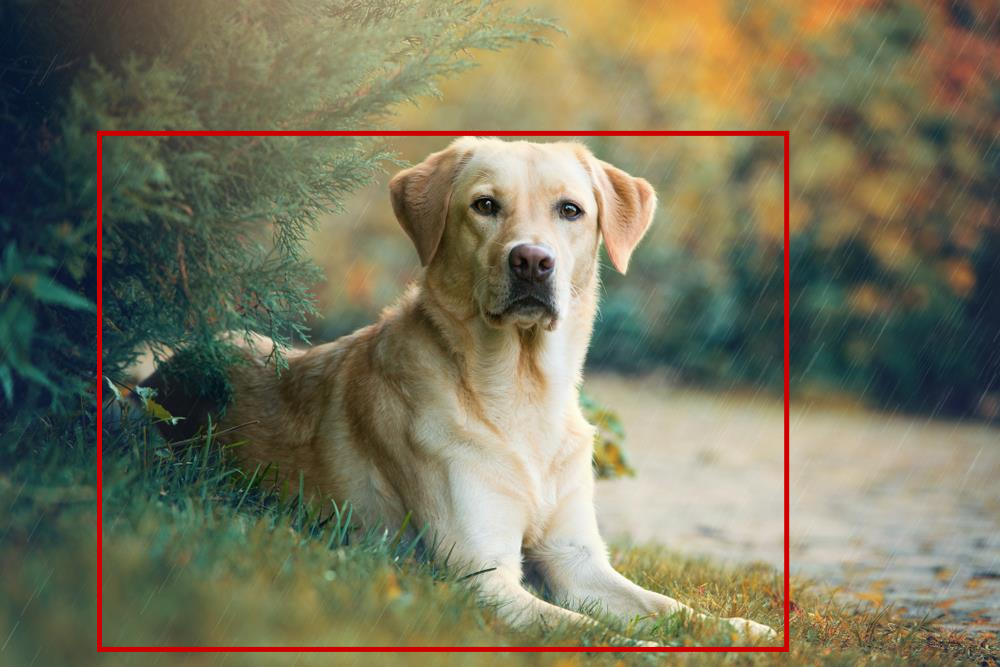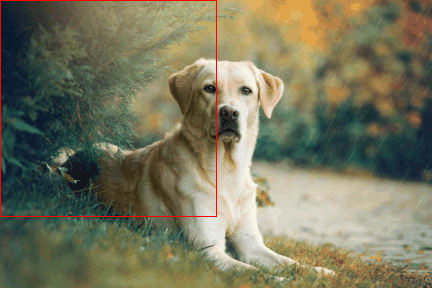[WIP] Object detection
Table of Contents
Learn to localize a single object
Assume to have a single (or none) object of interest per image in our dataset out of \(n\) possible object classes. For instance, say we want to localize a dog in the following image:

This is a good boy.
One way to extend image classification to also localize the object is to define the following variables associated to the bounding box localizing the object:
- the center of the bounding box, (\(b_x\), \(b_y\))
- the height (\(b_h\)) and width (\(b_w\)) of the box
In addition to spatial properties we define:
- \(p_c\) as the probability of an object to be present (either 1 or 0 in the training set)
- \([C_1, \ldots, C_n]\) a one-hot reresentation of the \(n\) possible classes.1
We can then finally model our target variable \(y\) as follows:
\[y = \begin{bmatrix} p_{c} \\ b_{x} \\ b_{y} \\ b_{h} \\ b_{w} \\ C_{1} \\ \vdots \\ C_n \end{bmatrix}\]We assume that \([b_{x}, b_{y}, b_{h}, b_{w} , C_{1}, \ldots, C_n]\) are not relevant if \(p_c = 0\) (only background is present); this is possible if the loss function has a functional form explicitly depending on \(p_c\),
\[L(y, \hat{y}) = \theta(y^0)f(y, \hat{y}) + (1 - \theta(y^0)) g(y^0, \hat{y}^0).\]For instance, we might cast the loss as \(L_2\) norm,
\[L(y, \hat{y}) = \begin{cases} ||y - \hat{y}||^2, & y^0 ( = p_c) = 1 \\ (y^0 - \hat{y}^0)^2, & y^0 ( = p_c) = 0 \end{cases}\]Try to localize multiple objects: sliding windows

This is a good boy with sliding windows.
FOOTNOTES
-
This is a note! ↩
